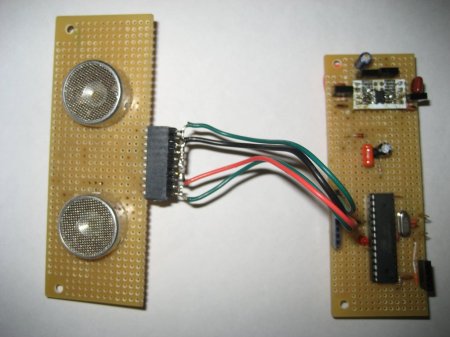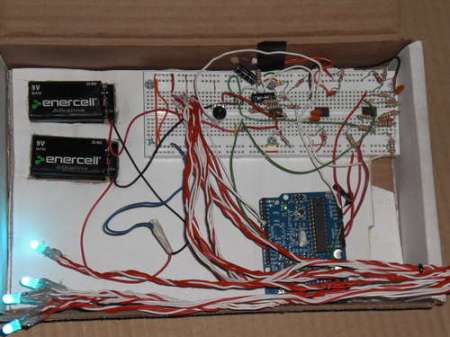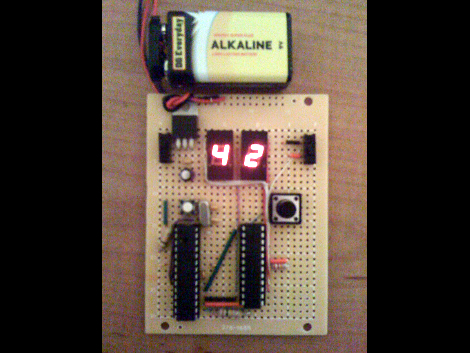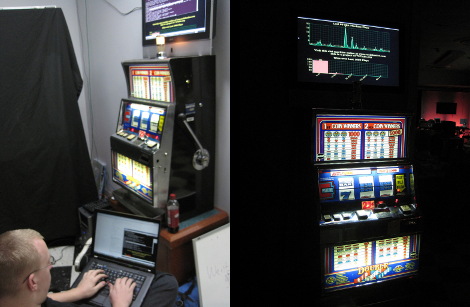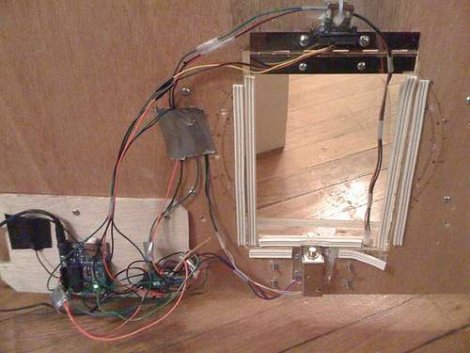
RFID cat flaps are one of those projects we see all of the time. They are generally pretty simple to rig up, not too expensive, and have a good “wow” factor for any non-technical friends or family, not to mention tremendously useful. Why did we decide to share this one? Well, for one, it is simple. It doesn’t tweet, email, or text message, it just gets the job done. Two, it is excellently documented, including a detailed parts list and a step by step schematic just about anyone could use to build their own. [landmanr] does mention that he recommends some sort of project enclosure to protect the electronics from damage, which would be bad for the poor cat stuck outside.

